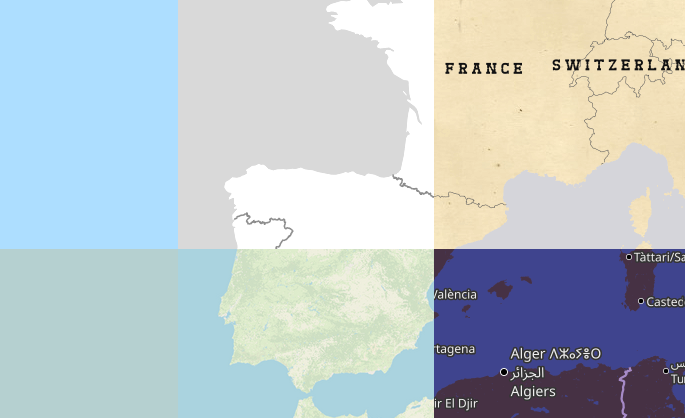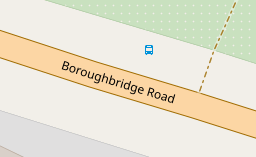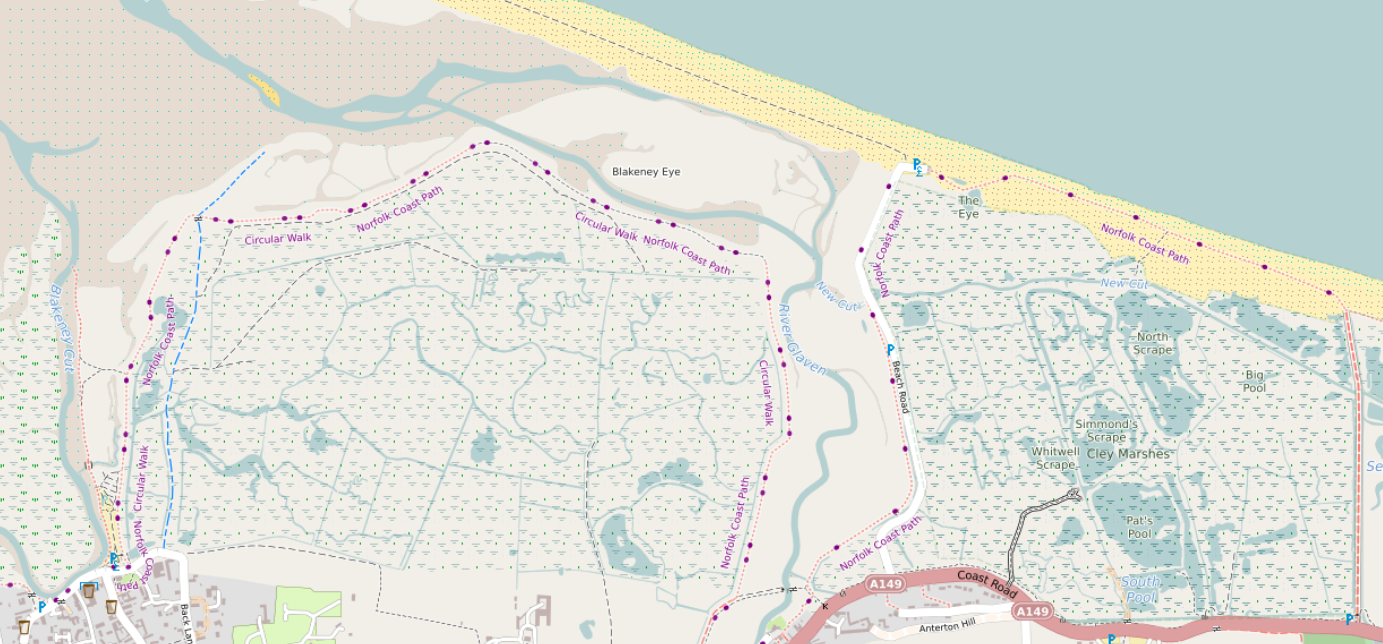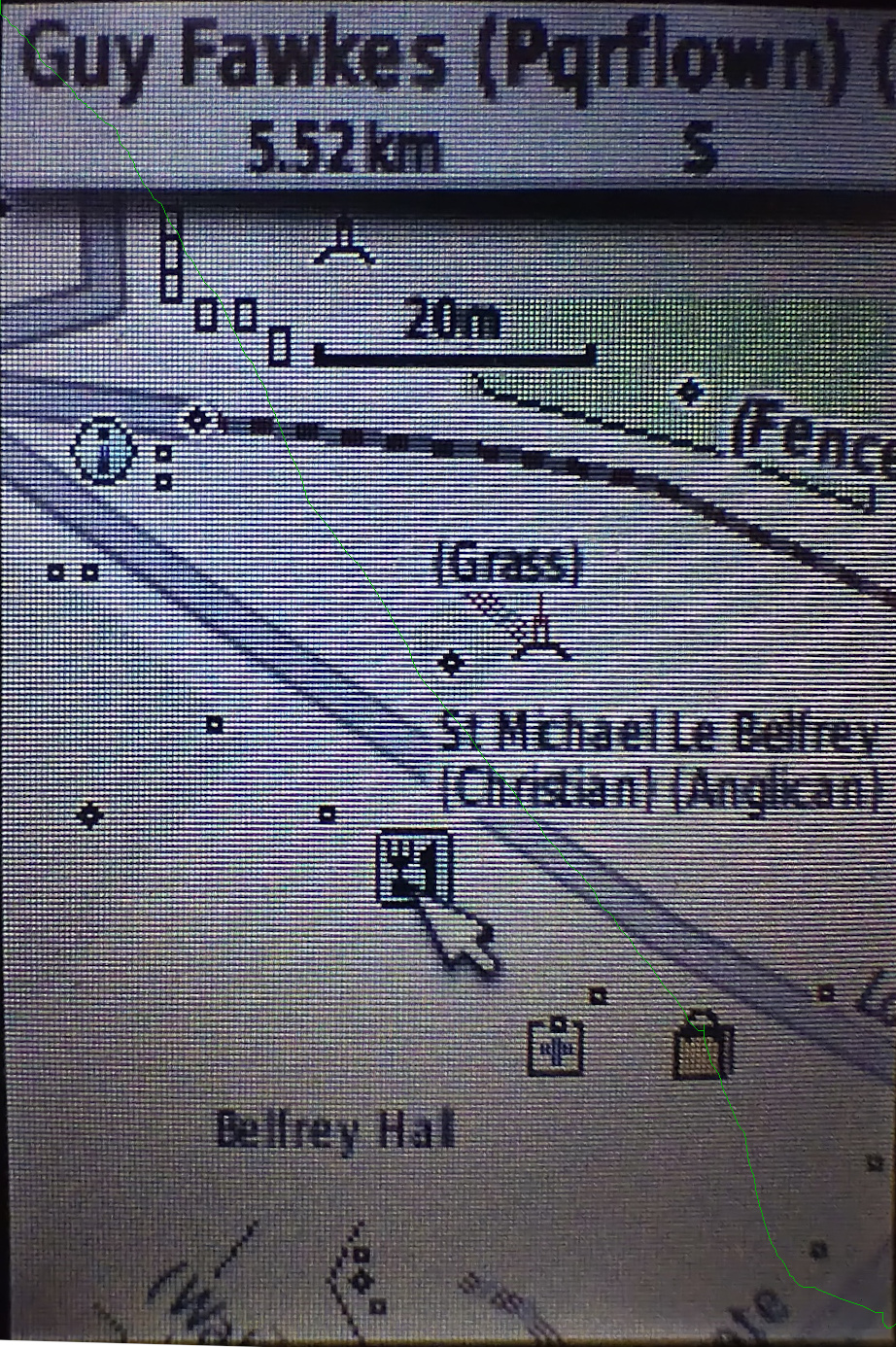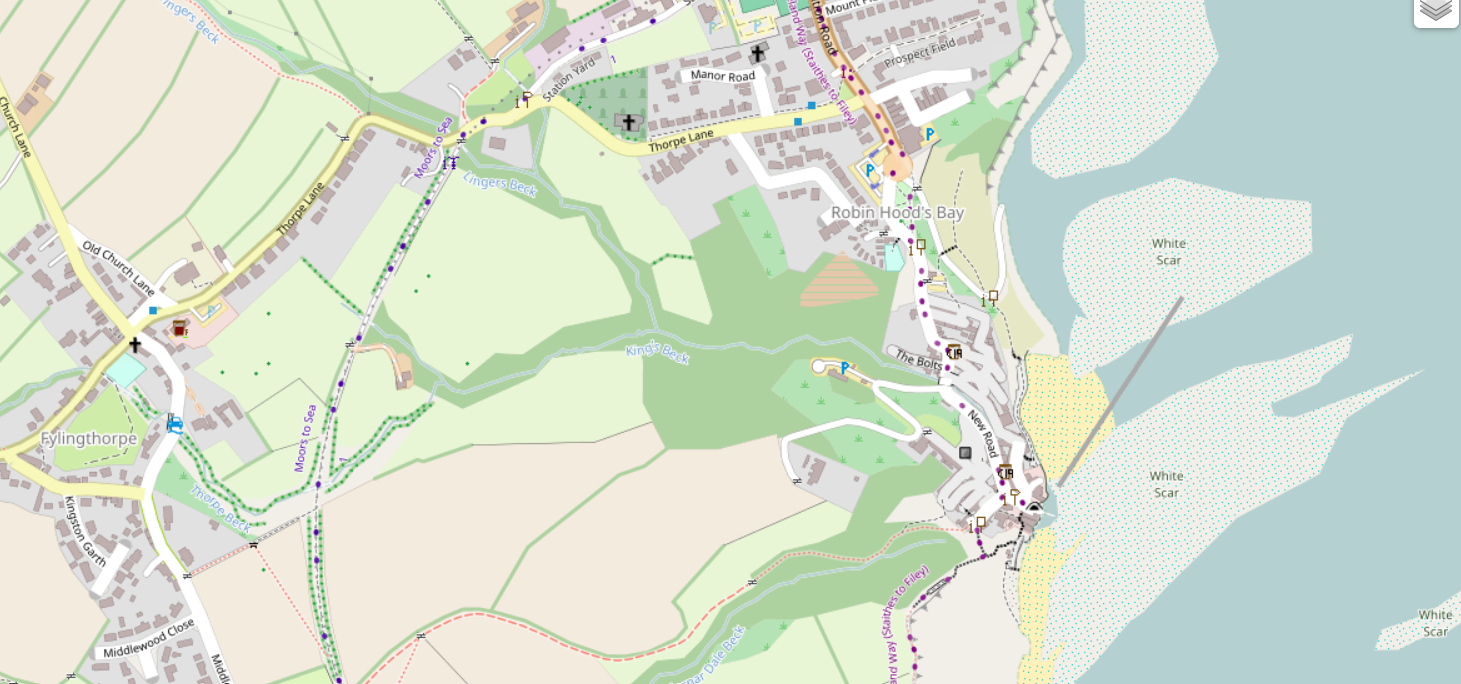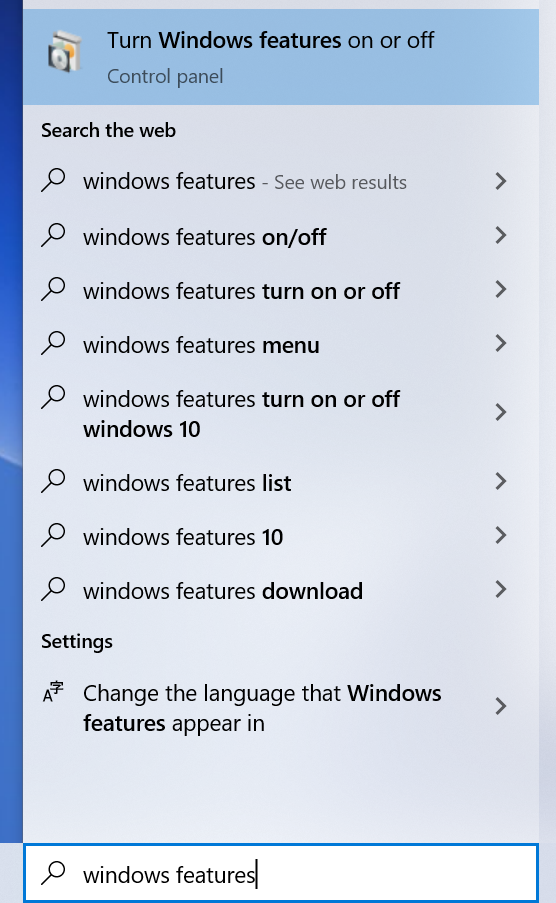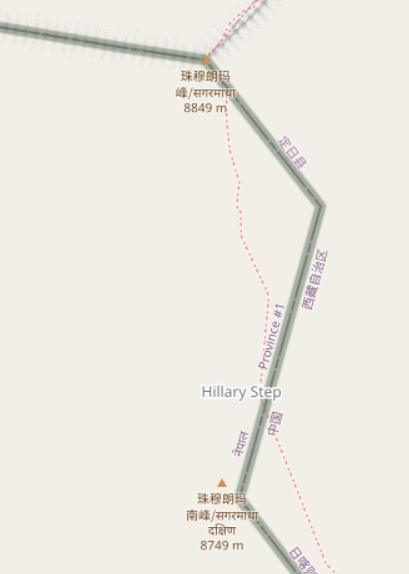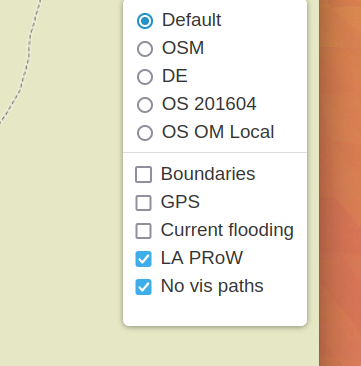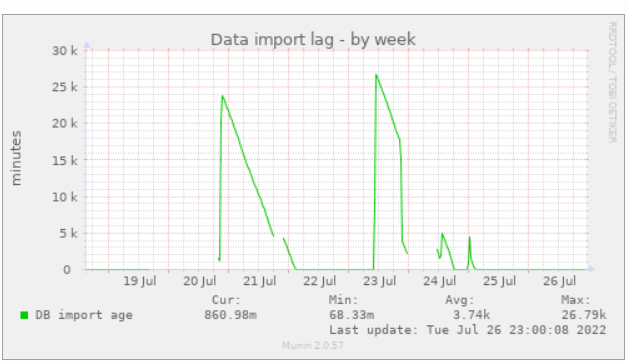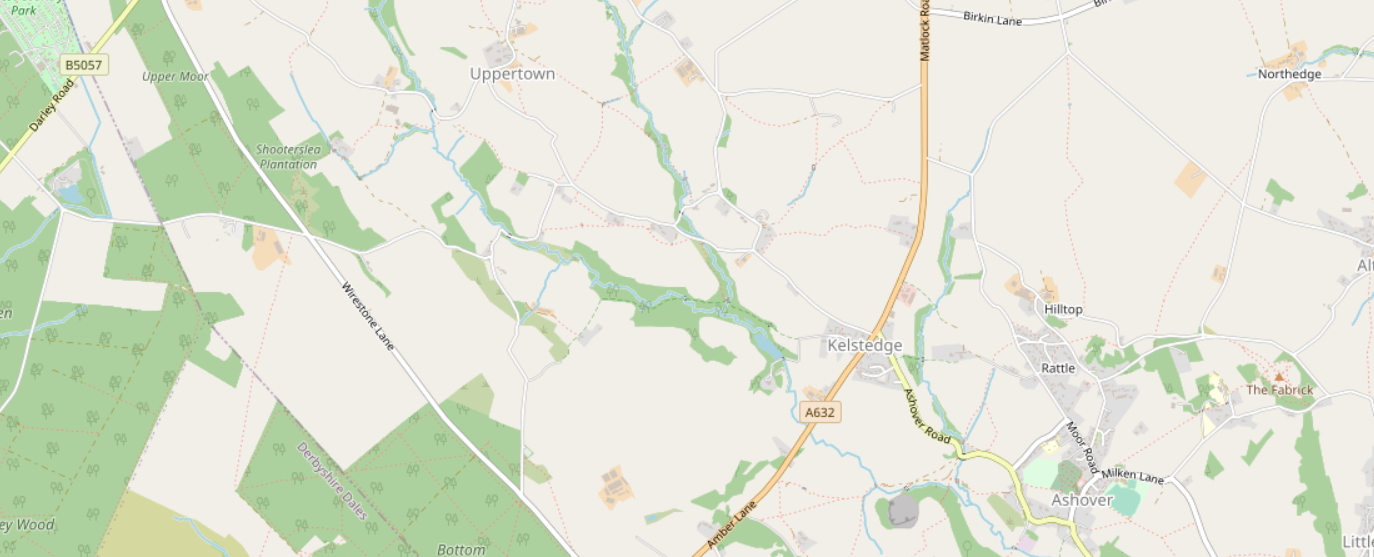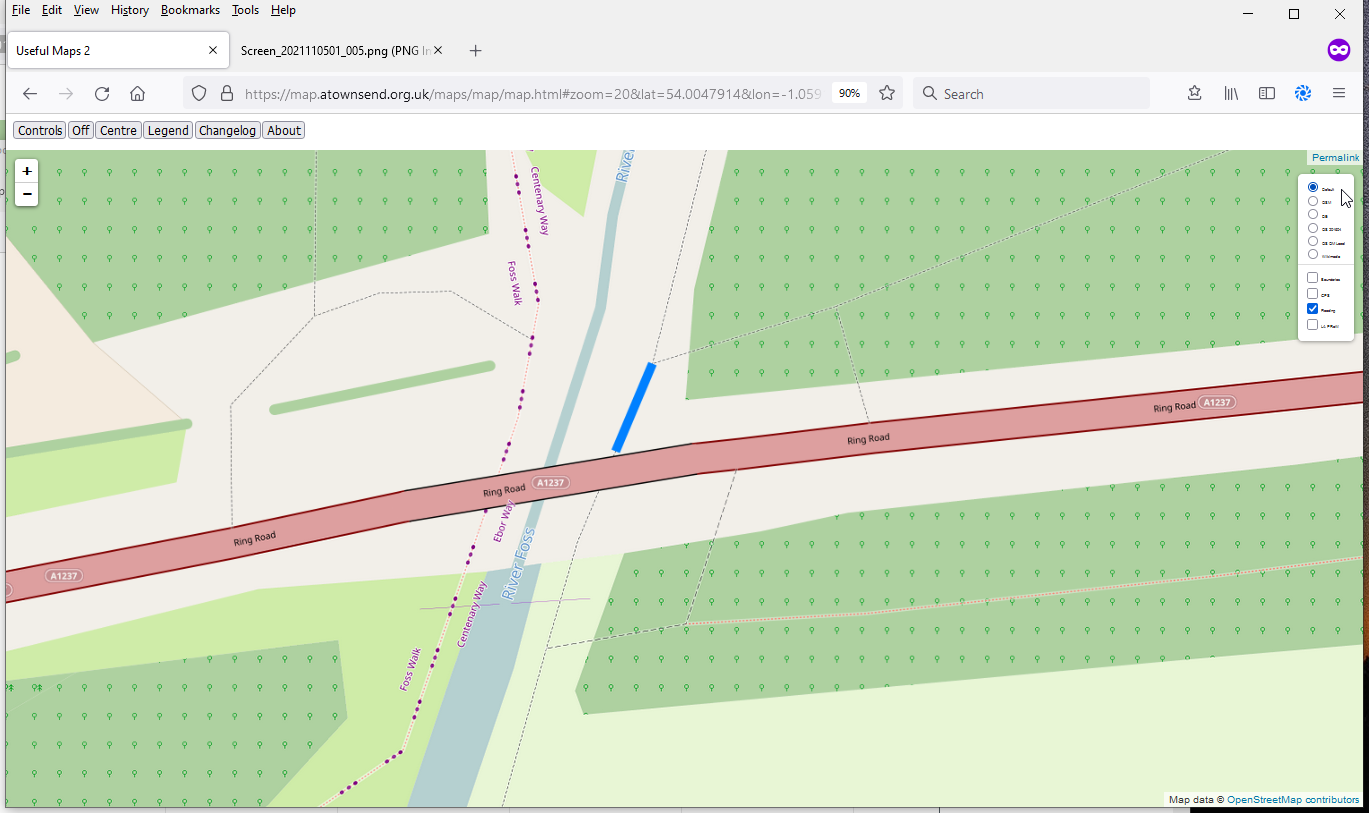Yet another diary entry about vector tiles
Posted by SomeoneElse on 29 May 2024 in English. Last updated on 11 November 2024.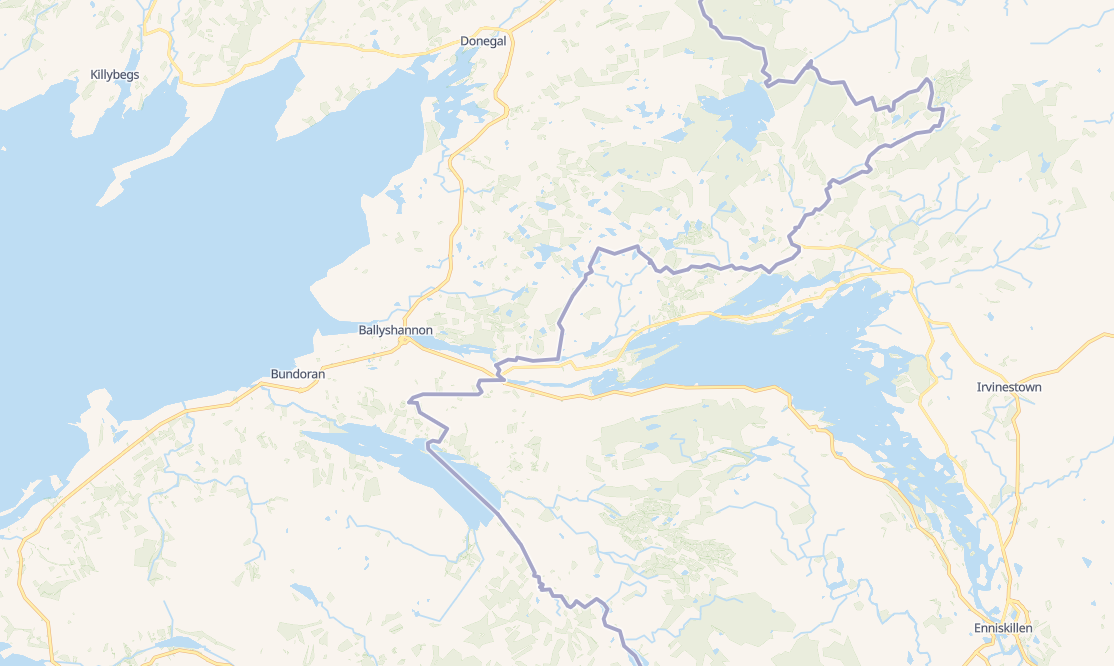
Lots of people have written diary entries and there have been other announcements and demos. You might wonder why we need another?
The idea of this is to provide a “soup to nuts” guide in a similar style to the existing “Switch2osm” Serving Tiles guides for raster tile servers.
Introduction
There are two major pieces to this. The first piece creates a set of vector tiles that can be served by a web server. The second provides a way for clients to access that data - and clients also decide how to display it.
The code in this example is for web clients, but it’s also possible to create other sorts of clients too (for example, Android or iOS apps).
